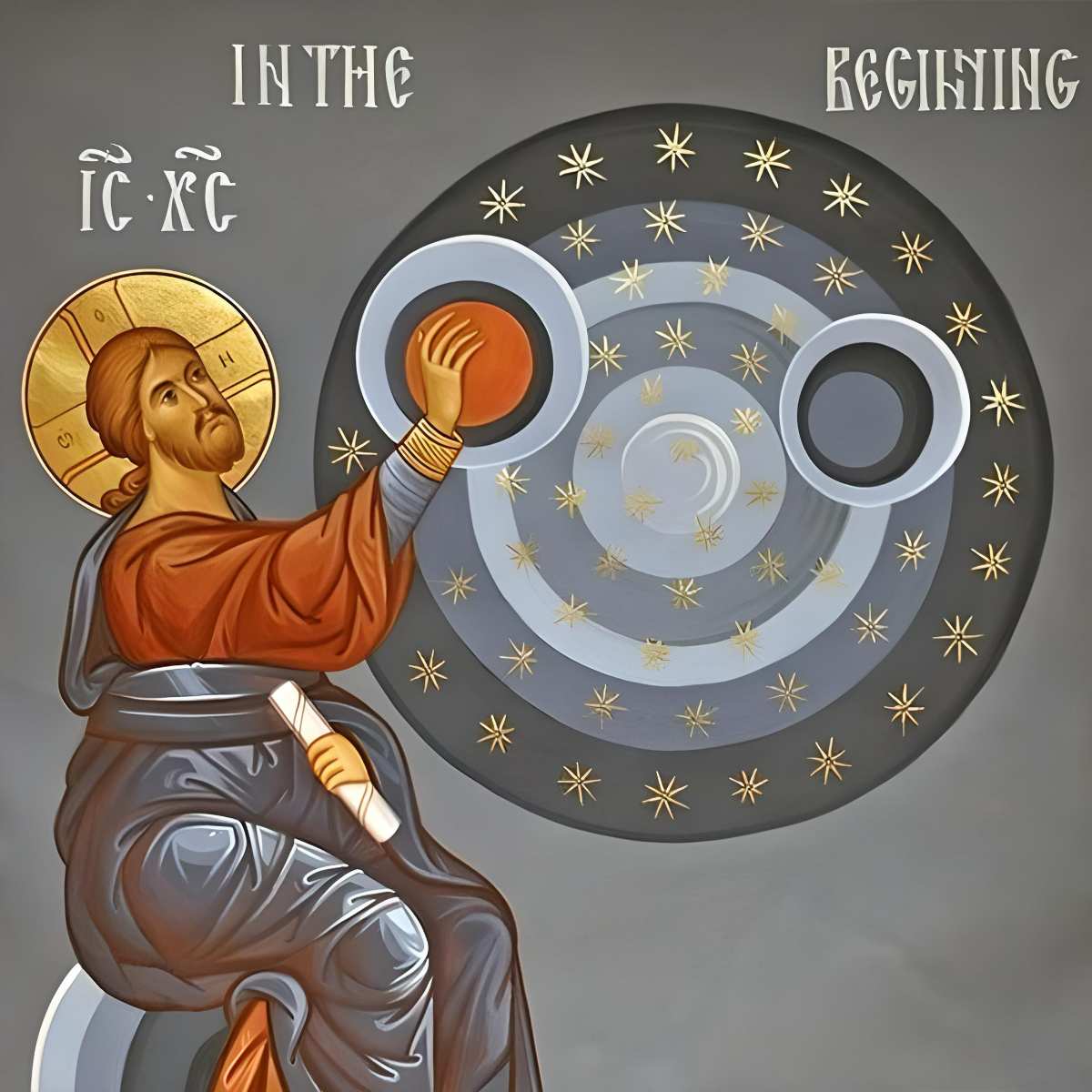Variable rotation of Earth from earlier centuries
The researchers gathered and evaluated writings from the vast Byzantine Empire about past solar eclipses.

The researchers gathered and evaluated writings from the vast Byzantine Empire about past solar eclipses.

